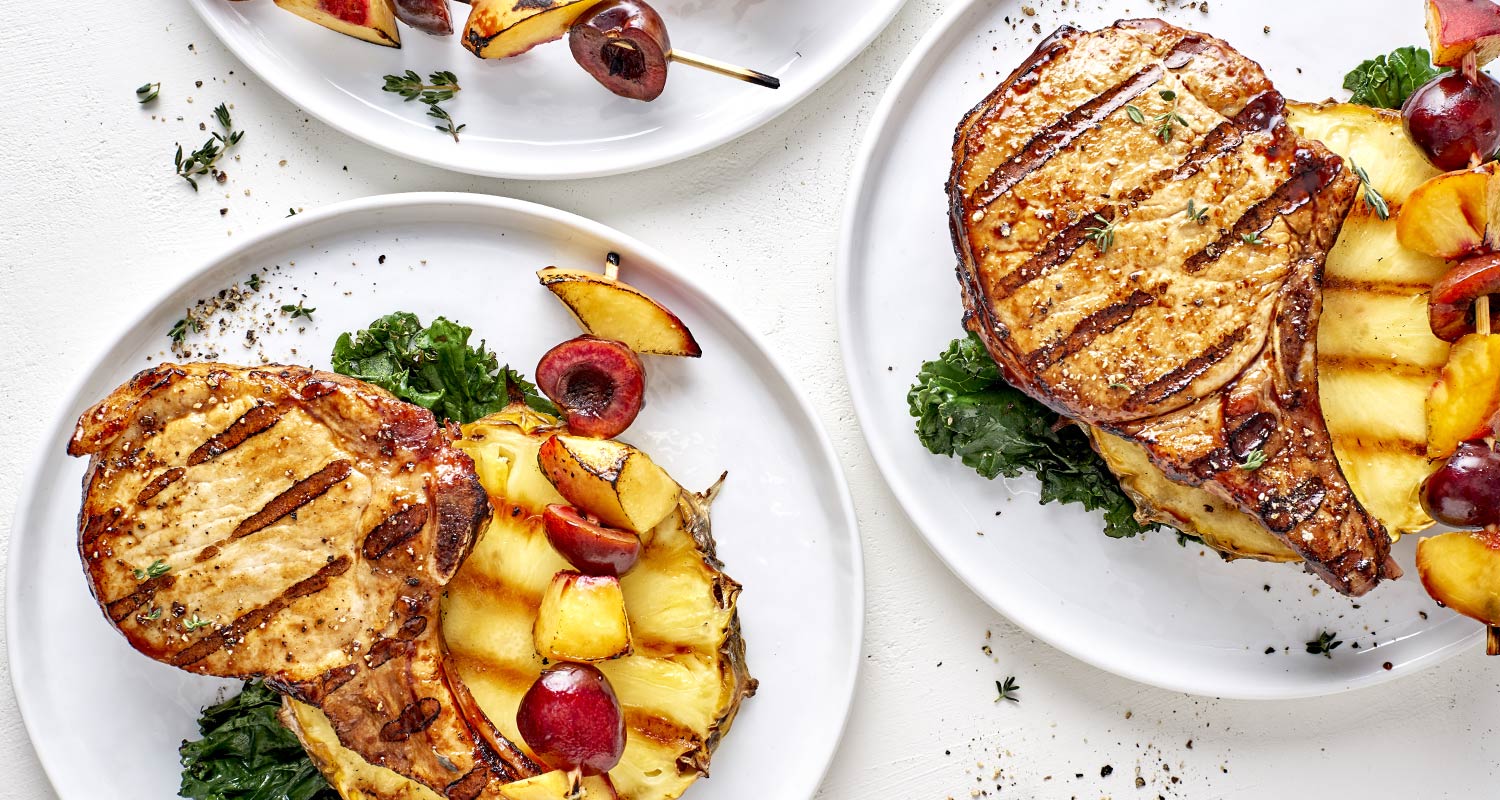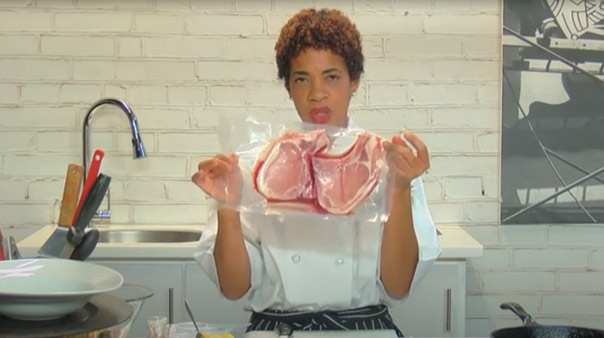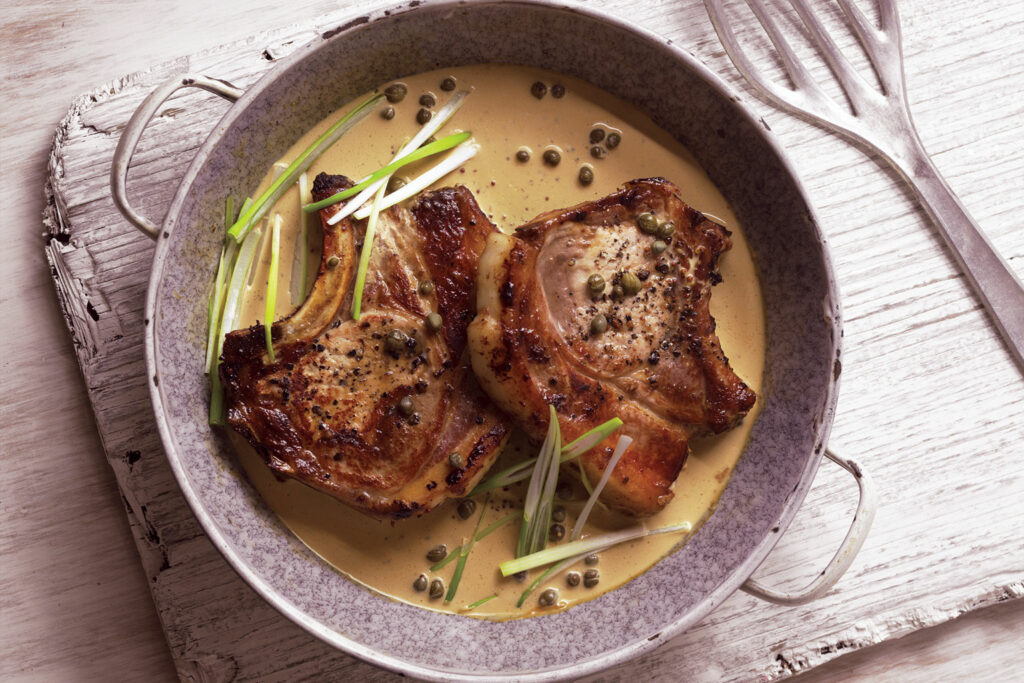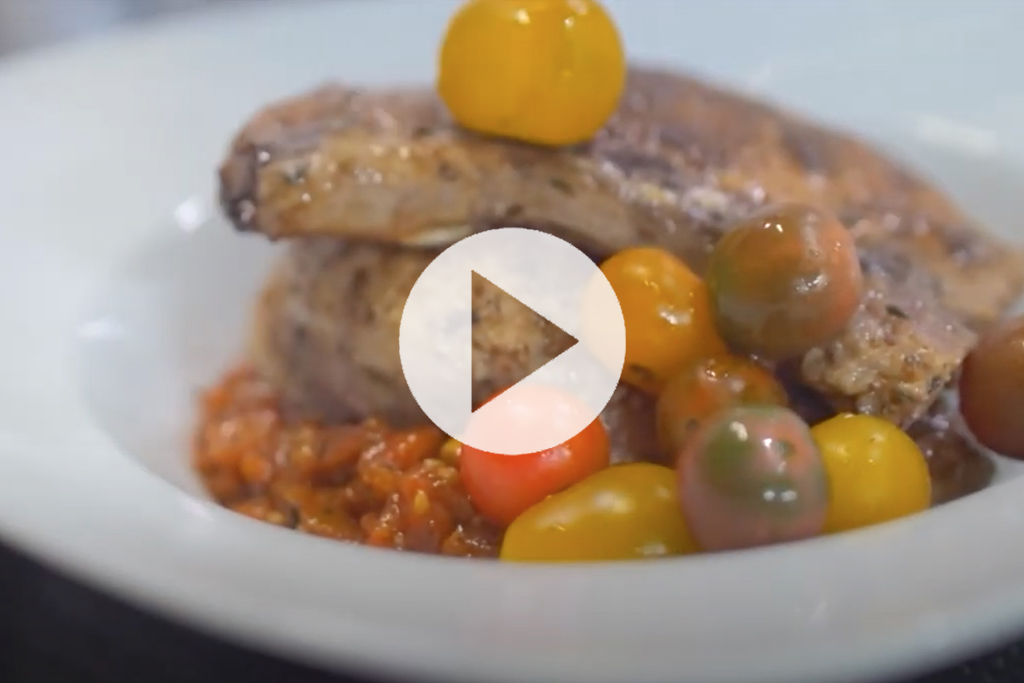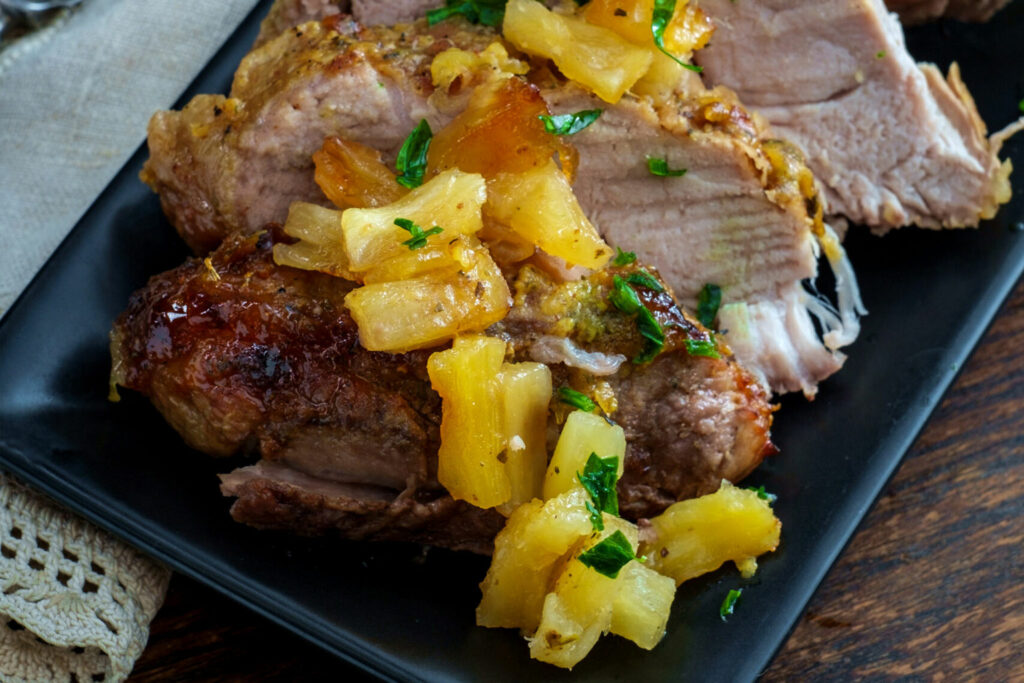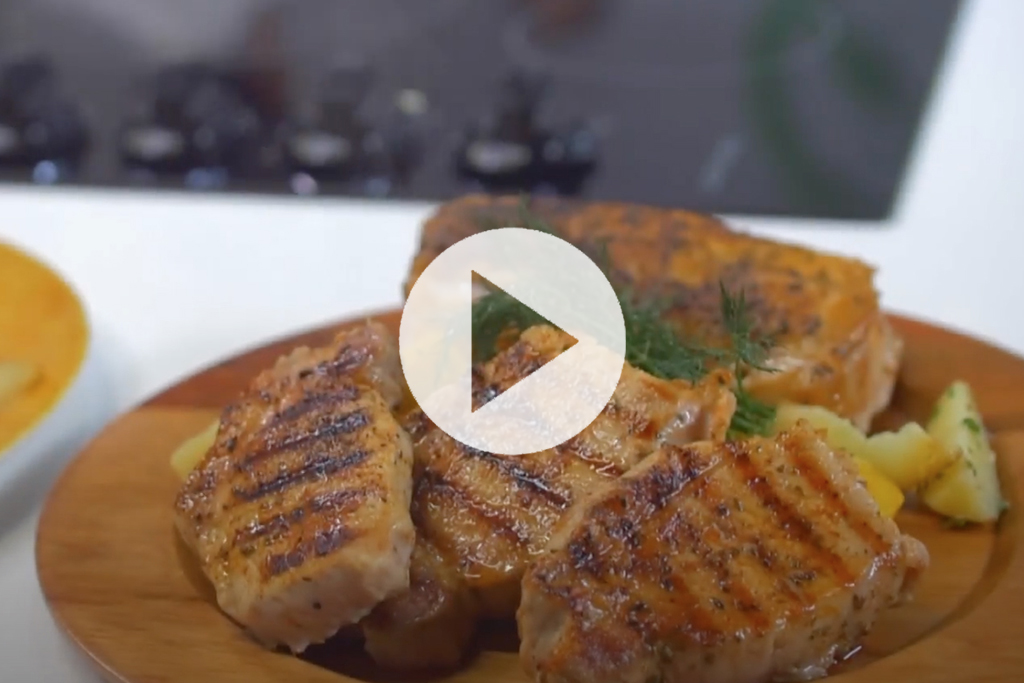Why U.S. Pork
Pork is the most-consumed protein in the world, and growing quickly on menus and in home kitchens. That’s partly due to its great versatility: chops can be quickly grilled for a quick and elegant presentation, while pork shoulder makes for tender braises and flavorful barbecues.
U.S. pork is nutrient-rich and meatier than its counterparts, while being leaner and lower in saturated fat than the pork of previous generations. While it can be used as the base for any style of cuisine, high-quality U.S. pork doesn’t require a lot of seasoning: watch Chef Debbie prepare perfect pork chops with just salt, pepper and cumin.
U.S. Pork Benefits
Vacuum packed to seal in quality
Subject to the most rigorous inspections in the world
Many lean cuts available for health-conscious diners (as lean or leaner than chicken)
Cost-effective for both guest and employee meals
Packaged by cut for convenience in foodservice and retail
Know Your Pork: Pork Cuts
Click or tap a region to see cuts.
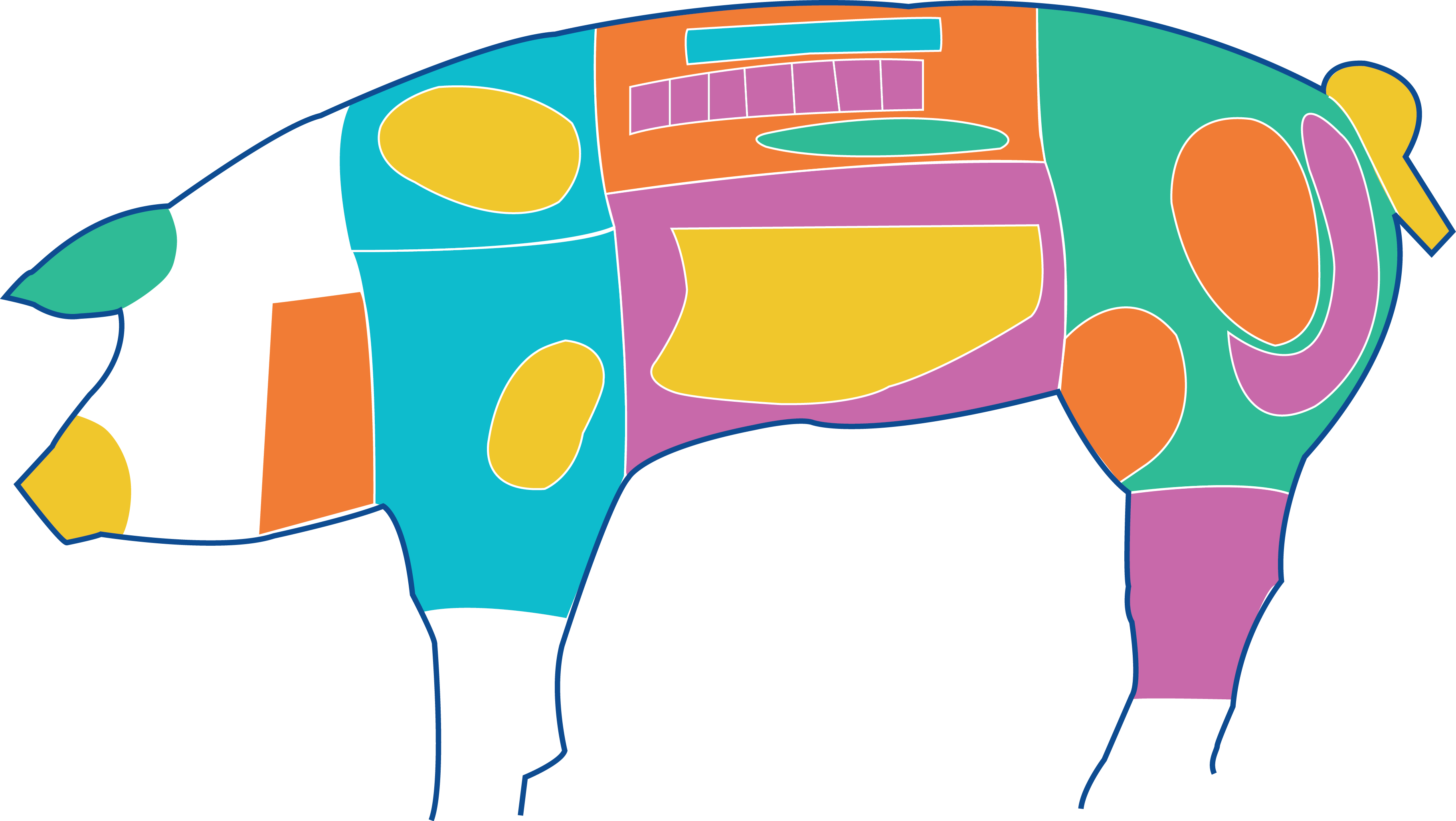
Jowl (419)
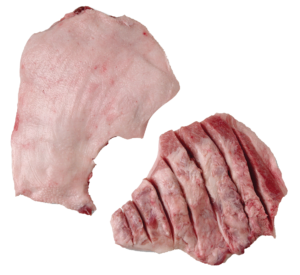
Shoulder, Boston Butt, Bone In (406)
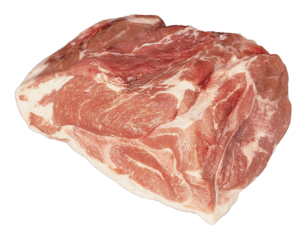
Shoulder Butt (407)
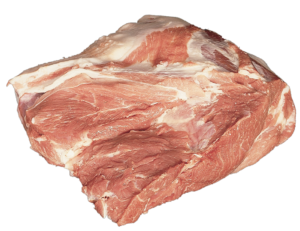
Pork Shoulder Butt (Cellar Trimmed, Boneless)
Shoulder Cuts
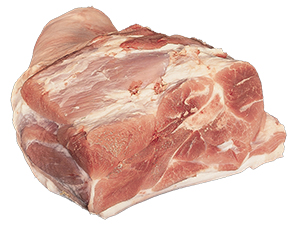 Shoulder – Picnic, Bone In (405)
Shoulder – Picnic, Bone In (405)
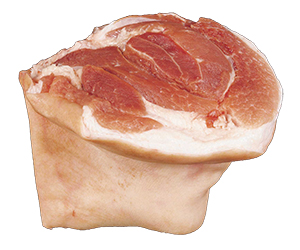 Shoulder Hock (417)
Shoulder Hock (417)
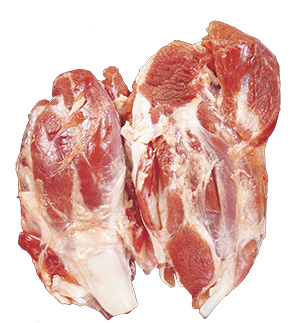 Foreshank – Boneless
Foreshank – Boneless
Shoulder
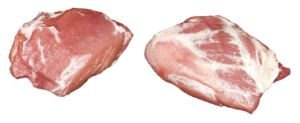
Shoulder, Picnic, Cushion, Boneless (405B)
Ears
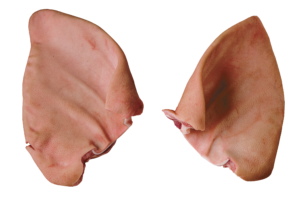
Pig Snout
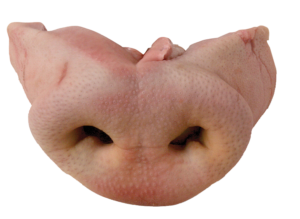
Back Cuts
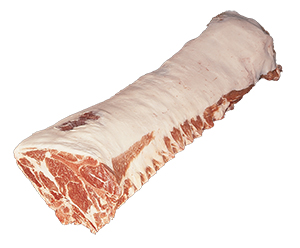 Pork Loin, Bone In (410)
Pork Loin, Bone In (410)
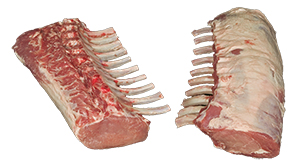 Frenched Back of Pork/Pork Prime Rib/Crown Roast (412G)
Frenched Back of Pork/Pork Prime Rib/Crown Roast (412G)
Riblet (424)
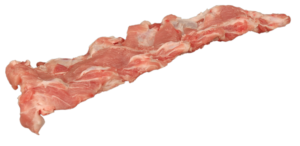
Baby Back Ribs (422)
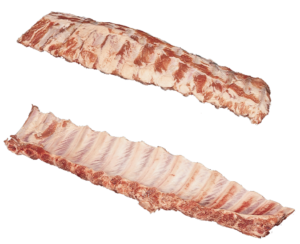
Tenderloin (415)
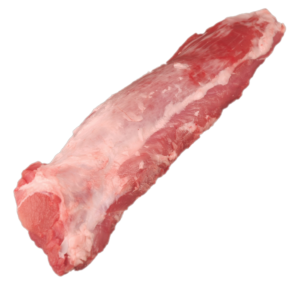
Deckle (405C) and Belly (408)
 Pork Deckle (405C)
Pork Deckle (405C)
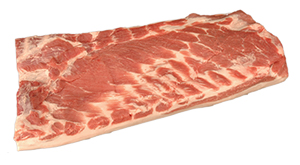 Pork Belly (408)
Pork Belly (408)
Spareribs (416)
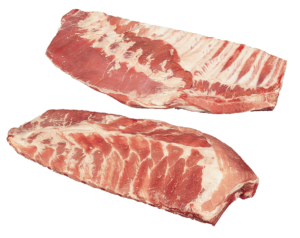
Leg (Fresh Ham), Inside (402F)
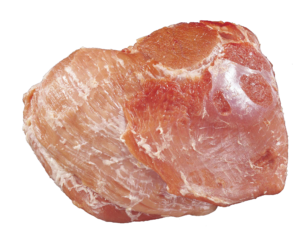
Leg (Fresh Ham), Outside, Shank Removed (402E)
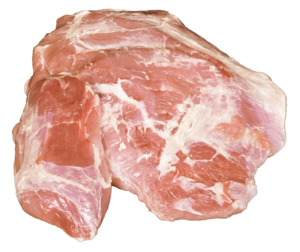
Leg (Fresh Ham), Tip (Knuckle) (402H)
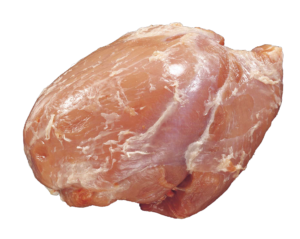
Tails
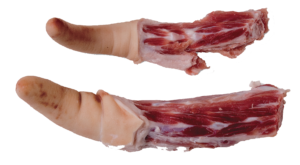
Leg (Fresh Ham) (402F)
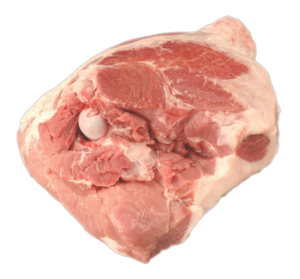
Leg Cuts
 Pork Leg (Ham), Hock (417A)
Pork Leg (Ham), Hock (417A)
 Hindshank (Boneless)
Hindshank (Boneless)
Front Feet (420)
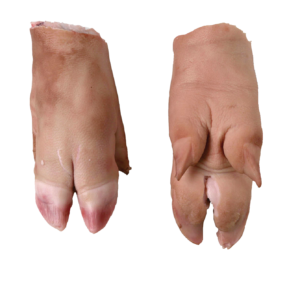
Front Feet (Front or Long Cut Foot/Lacone) (420)
Cooking Tips
What’s Cooking
Get tips from our experts on how to enjoy the best flavor from every cut of U.S. Meat.
